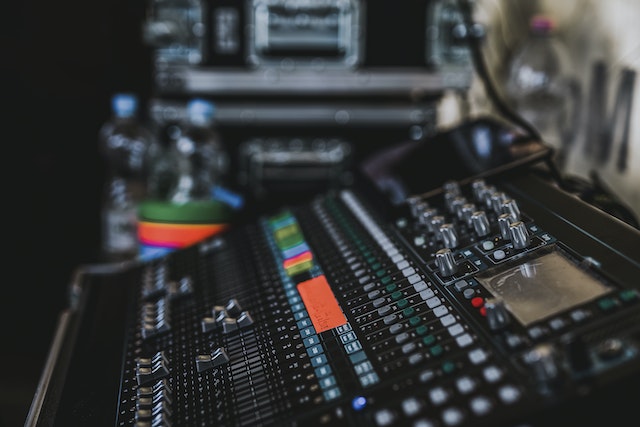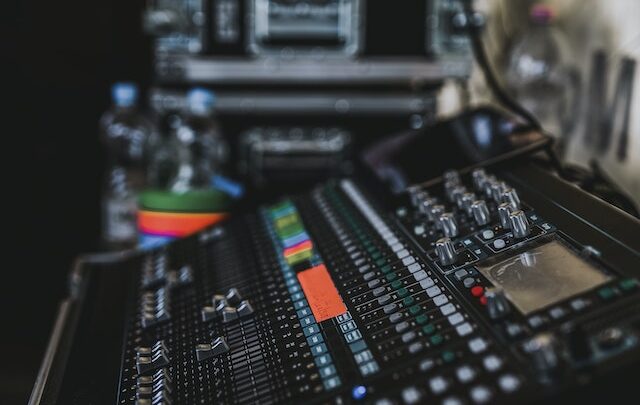
How Do Voice Over Artists Use ISDN? What Exactly Is It?
ISDN, which stands for Integrated Services Digital Network, is a communication protocol that has been commonly used in the voiceover industry for remote recording sessions. It allows voice over artists to connect with clients and studios in different locations, enabling real-time audio transmission for recording sessions. However, it's essential to note that ISDN technology is becoming outdated and is gradually being replaced by more modern and reliable methods, such as Source-Connect and IP-based solutions.
Here's how voice over artists used ISDN in the past:
- Real-Time Recording: ISDN allowed voice over artists to connect directly to a studio or client's location in real-time. It facilitated high-quality, low-latency audio transmission, enabling seamless remote recording sessions.
- Multi-Studio Sessions: ISDN was particularly useful for multi-studio sessions, where voice over artists could work with clients or studios located in different cities or even countries without the need for physical travel.
- Patching: ISDN connections allowed for real-time audio patching, meaning that directors or clients could direct the voice over session remotely and give immediate feedback to the artist.
- Studio-to-Studio Collaboration: Voice over artists could collaborate with other artists in different studios using ISDN connections, allowing for ensemble recordings without the need for all participants to be in the same physical location.
- ISDN Codec: To use ISDN, both the voice over artist's studio and the remote studio needed compatible ISDN codecs (hardware or software). These codecs encoded and decoded the audio signals for transmission over the digital network.
- High-Quality Audio: ISDN provided a reliable and high-quality audio connection, making it a preferred method for professional voiceover recording in the past.
However, ISDN has several downsides, which have led to its decline in usage:
- Cost: Setting up and maintaining ISDN connections could be expensive, especially for voice over artists and studios on a budget.
- Limited Availability: ISDN was not universally available in all regions, limiting its accessibility for some voice over artists and studios.
- Reliability Issues: ISDN connections could be prone to connectivity issues and dropouts, disrupting recording sessions.
- Advances in Technology: With the emergence of IP-based solutions like Source-Connect and high-speed internet connections, ISDN's limitations became more apparent, leading to its gradual obsolescence.
As ISDN technology becomes less prevalent, voice over artists have shifted to more modern alternatives like Source-Connect, SessionLinkPRO, ipDTL, and other IP-based solutions. These technologies offer better audio quality, lower costs, and increased accessibility, making them more practical and convenient for remote voiceover recording sessions.



